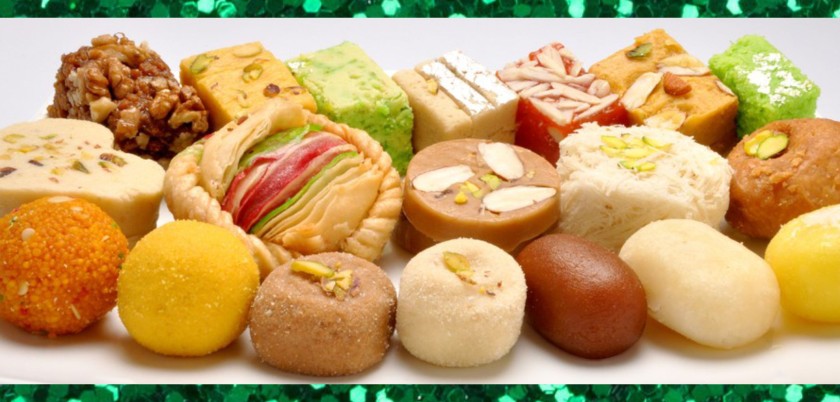
ENJOY MAWA AND MALAI WITHOUT MILAWAT THIS DIWALI
The festival of light, Deepavali, has arrived. Finally the season has commenced to enjoy all the sweet delicacies you want without giving it a thought. But have you ever thought of that the daily headlines of the food being adulterated hold some truth in them? Ever thought that the sweets you enjoy may actually be a poison?
The immoral character of shopkeepers pushes them towards adulteration, when profit dominates humanity. The food adulteration’s peak season is this festival when everything comes adulterated from vegetable oil in ghee to starch in khoya.
Even if you make sweets at home, they are adulterated too because the ingredients used to make sweets are adulterated. So prepare sweets at home after detecting the adulterants in them.
Here’s a list mentioned to detect adulteration in a few ingredients that will prevent you from eating a sweet poison:
Ghee
The sweets are generally prepared from ghee, which is adulterated with vegetable oil or vanaspati. To check this, take a teaspoon of melted ghee in test tube and add a pinch of sugar to it. Close the tube and shake it. If red colour appears at bottom, the sample is adulterated with vegetable oil.
Melt a small quantity of ghee, pour it in a transparent bottle and refrigerate it. Presence of separate layers indicate the presence of other oils.
Milk
Detect the adulteration of milk with water. It becomes thin and when a drop of it is placed on glazed surface, it drops quickly and leaves no trail behind. But if the milk is pure, milk drops slowly and leaves a white trail behind.
Milk can be adulterated with detergent too. Mix about 10 ml milk sample with an equal quantity of water and shake the mixture vigorously. If the milk is adulterated with detergent, it forms a dense lather, while the pure milk forms a thin foam layer.
Sugar
Powdered sugar that is added to sweets is generally adulterated with chalk powder. Stir a spoonful of sugar in glass of water for a few minutes. If the solution turns white and settles at the bottom, it indicates the presence of chalk.
Honey
Some use honey instead of sugar for making sweets. But it is adulterated with glucose, sugar syrup or high fructose corn syrup. Add a spoonful of honey to a glass of water. If the honey disperses instantly, it indicates the presence of sugar syrup. Pure honey is denser and will instead sink to the bottom instead of dissolving immediately.
The final word
Enjoy this festival of lights with pure sweets that are prepared at home.
Happy diwali 2018






